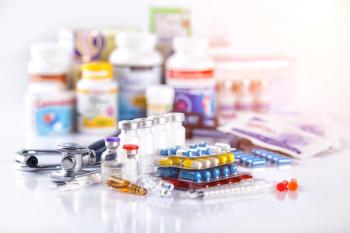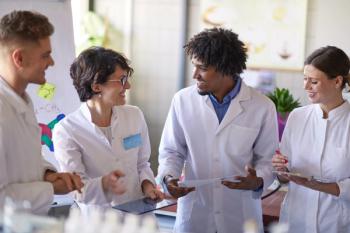
- Volume 0 0
Pharmacists Return to the Laboratory
Pharmacists are getting back in the business of making their own medications. For example, pharmacists and technicians at Good Life Discount Pharmacy in Ord, Neb, are making customized medicines by hand for their patients. Compounding was the norm in most pharmacies until mass manufacturing of medicine took its place in the 1950s.
In the United States, it is estimated that compounded drugs account for 1% of all prescriptions. In 2001, there were 30 million compounded prescriptions, which grossed more than $1.6 billion, said Patricia Paget of the International Academy of Compounding Pharmacists. There are approximately 24,000 independent pharmacists in the United States, 82% of whom offer some type of compounding service, according to Paget.
?Advancements in technology and the equipment used [have] helped pharmacists improve the precision in preparing compounded medications,? said Susan Winckler, RPh, JD, of the American Pharmaceutical Association.
Articles in this issue
over 22 years ago
Warning: West Nile Risk Higher for Seniorsover 22 years ago
Seniors Accentuate the Positiveover 22 years ago
Seniors Accentuate the Positiveover 22 years ago
Free Directory for Seniorsover 22 years ago
Mind Games Fuel the Mindover 22 years ago
Breast-Feeding Reduces Harm of Smoking in Pregnancyover 22 years ago
Race Factors into Breast Cancer Treatmentover 22 years ago
Females Are the Tougher Sexover 22 years ago
Assisted Reproduction and Miscarriage Rateover 22 years ago
Cocaine Addiction Therapy Reduces HIV RiskNewsletter
Stay informed on drug updates, treatment guidelines, and pharmacy practice trends—subscribe to Pharmacy Times for weekly clinical insights.


















































































































































































































